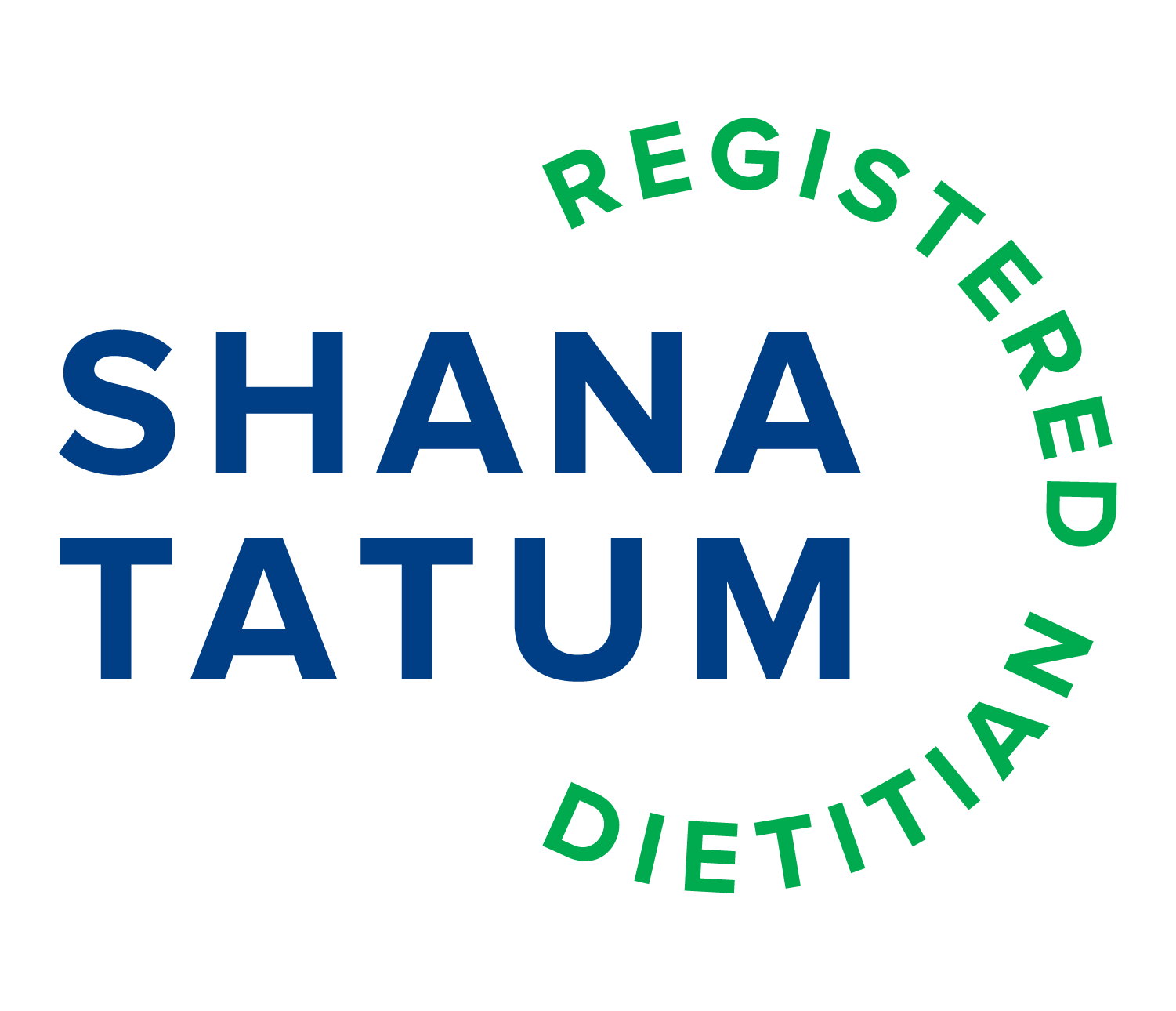Nutrition and Bone Health
One week in October highlights Bone and Joint Action Week. October 12- October 20, 2023. According to a report by the U.S. Bone and Joint Initiative the Burden of Musculoskeletal Disease in the United States, 54% of Americans suffer from a musculoskeletal bone or joint condition. Generally, this includes arthritis, osteoporosis, or spinal misalignment and deformity. These conditions can lead to decreased quality of life and disability and estimated costs associated with these diseases totaled $950 billion dollars annually.
Osteoporosis is a significant health concern that can affect people of all ages, but it becomes increasingly prevalent as we grow older. Here, we will delve into osteoporosis specifically, discussing what it is, the ages of concern for both men and women, and essential strategies for prevention, including exercise and nutrition.
What Is Osteoporosis?
Osteoporosis is a bone disorder characterized by a decrease in bone density and quality, making bones fragile and more susceptible to fractures. It can be categorized into two forms: primary or secondary. This categorization depends on whether it occurs as part of the natural aging process (estrogen-deficiency) or as part of disease pathology. Secondary could include outcomes from hyperparathyroidism, Cushing’s syndrome, hyperthyroidism, and premature ovarian insufficiency also known as premature menopause. Bones are living tissues that are constantly being broken down and rebuilt. In healthy individuals, the process of bone formation typically outpaces bone resorption (breaking down), resulting in strong and dense bones. However, in osteoporosis, this balance is disrupted, leading to a gradual loss of bone mass and structure.
Ages of Concern for Men and Women
While osteoporosis can affect people of all ages, it is more commonly associated with the aging process. For women, the risk of developing osteoporosis significantly increases after menopause, typically around the age of 50. This is because the sharp decline in estrogen during menopause accelerates bone loss. Men, on the other hand, tend to have a slower rate of bone loss, but they are not immune to osteoporosis. Men are more likely to develop this condition later in life, generally in their 60s or 70s.
It's important to note that osteoporosis can also affect younger individuals, particularly those with certain medical conditions or lifestyle factors that contribute to bone loss. Therefore, it's crucial to focus on prevention and bone health throughout life.
How to Prevent Osteoporosis: Exercise and Nutrition
Preventing osteoporosis involves a multifaceted approach, with a strong emphasis on exercise and nutrition. Those at age 65 and over are the current group of people recommended for DEXA scans to assess bone mineral density. However, I see more and more patients with osteopenia and osteoporosis present much earlier. This can be due to reasons listed above of secondary causes from disease, but also from long term medication use that could impair mineral absorption. Talk with your doctor if you have a family history or any secondary conditions.
Exercise: Regular weight-bearing and resistance exercises are crucial for building and maintaining bone density. When muscle mass increases, this stress on the skeleton induces the bone cells to replicate. Resistance exercise to consider include weighted lunges, weighted knee extension/flexion, weighted squats, and deadlifts. Activities such as yoga, jogging, and dancing also stimulate bone formation. Start at lower intensity and increase over time. Target the muscles that cross the hip and spine. Aim for at least 150 minutes of moderate-intensity aerobic activity or 75 minutes of vigorous-intensity aerobic activity each week, combined with muscle-strengthening activities on two or more days per week.
Nutrition: A balanced diet rich in essential nutrients plays a pivotal role in preventing osteoporosis:
Calcium: Adequate calcium intake is essential for bone health. Good dietary sources of calcium include dairy products, leafy greens (like kale and collard greens), and tofu. Adults typically need around 1000-1300 milligrams of calcium per day. For example, a ½ cup serving of tofu has 434mg, and 1 cup of unsweetened almond milk contains 450mg.
Vitamin D: Vitamin D is necessary for calcium absorption and bone health. Spend time outdoors to get natural sunlight, which triggers vitamin D synthesis in the skin. Only 10-20 minutes of sun exposure before 10 am or after 2pm can help. Dietary sources of vitamin D include fatty fish (like salmon and mackerel), egg yolks, and button mushrooms. In some cases, supplements may be necessary, especially for individuals with limited sun exposure or genetic variants for the Vitamin D receptor.
Protein: Protein provides the building blocks for bones. Include lean protein sources such as poultry, seafood, beans, and legumes in your diet.
Vitamin K: Vitamin K is involved in bone mineralization. This fat-soluble vitamin has been shown to inhibit calcification in the vessels arteries and may play an important role in atherosclerosis. Leafy greens such as kale, bok choi, collard greens and Swiss Chard, broccoli, and Brussels sprouts are good sources of vitamin K. If Vitamin D has been measured to be low, consider supplementation with Vitamin K in combination with Vitamin D3.
Magnesium: Magnesium is essential for bone health, and you can find it in foods like nuts, seeds, whole grains, and leafy greens.
Limit Caffeine and Alcohol: Excessive caffeine and alcohol consumption can negatively impact bone health. Keep these in moderation.
A Lifelong Commitment to Bone Health
In conclusion, osteoporosis is a condition that affects bone health, making bones more fragile and susceptible to fractures. While it is more commonly associated with aging, it can affect individuals of all ages. Prevention is the key to maintaining strong and healthy bones throughout life.
By incorporating regular weight-bearing exercises and ensuring proper nutrition with a focus on calcium, vitamin D, protein, and other essential nutrients, you can significantly reduce the risk of developing osteoporosis. It's essential to start early, maintain healthy habits, and continue to prioritize bone health as you age. Remember, building and maintaining strong bones is a lifelong commitment to your overall well-being. www.worldosteoporosisday.org is a good resource to learn more.

